bike tour Dunes of Flanders
Description
Discover the dunes of Flanders through the municipalities of Leffrincoucke, Zuydcoote and Bray Dunes.
On the road you will pass the Dunes Fort, the Marchand dune, the Dewulf dune and the Parrot dune.
Technical informations
25 km
|
max. 10 m
1 m
| ||||||||||||
Accessibility | |||||||||||||
Styles : BaladeDiscoverySea Public : FamilyCyclists Theme : Patrimony | |||||||||||||
Altimetric profile
Starting point
Points of interest
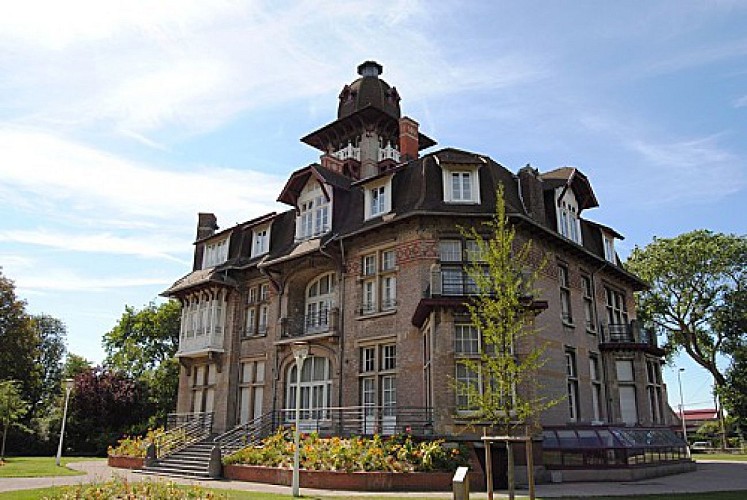
Coquelle castle
Félix Coquelle, mayor of Rosendaël from 1904 to 1928, built his house of 25 pieces of Basco-Byzantine style in an English-style park. The construction of the building will be done between 1902 and 1907 on the plans of the architect Jean Morel, the sculptor Maurice Ringot having realized the interior decoration.
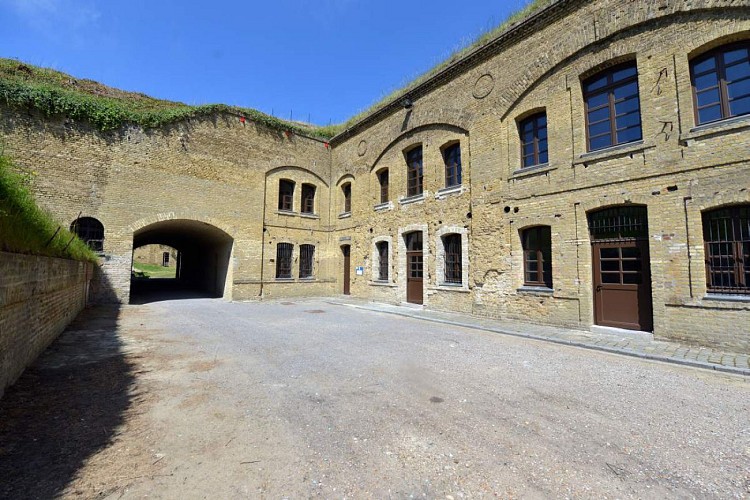
Dunes Fort
With its buildings hidden under the sand, the Fort des Dunes is a remarkable example of military architecture designed by General Séré de Rivières. It was built in 1878, at the same time as the so-called Zuydcoote battery, to protect Dunkirk and its port from any attack from the east. Following the invention of new explosives, he quickly lost any strategic role and was therefore used in barracks, which can accommodate 450 soldiers. During the Second World War, Fort des Dunes was at the heart of Operation Dynamo, which was the largest embarkation in history, allowing the evacuation of 338,000 Allied soldiers. A hundred soldiers perished there under intense German bombardment, including General Janssen, leader of the 12th Motorized Infantry Division. Other dramatic events took place during the war, including the execution of eight resistance fighters in 1944. After the war, the fort experienced various fortunes and long years of abandonment before being bought by the City of Leffrinckoucke in 1998. Superb witness to the military architecture of the nineteenth century, it is now intended to be a cultural and heritage site and a place of memory devoted to the Second World War

North farm
Built in 1910 for the exclusive needs of the Sanatorium, it includes a set of buildings distributed on the sides of a quadrilateral 100 m wide by 170 deep. It is a rather unique example of an industrial farm, both in size and in its mode of operation. Together with the two other traditional farms, it formed a group whose vocation was to meet all the Sanatorium's food needs. His specialty was the production of food of animal origin, as evidenced by the assignment of shared buildings between stables, barns, pigsty, henhouse, dairy and slaughterhouse. Housing had been planned to accommodate all staff. During the events of 1940 she was the main infirmary of the Navy following the evacuation of the clinic Villette of Dunkerque. The very damaged Farm after the war kept its use until 1971 when the North Farm was put at the disposal of the Urban Community of Dunkirk. From 1977 to 1985 it was the center of an animation center linked to the creation of the Leisure and Nature Base of the North Coast. Since then, the North Farm is disused, it is the departmental guards who occupy it

Marchand dune
The Marchand dune is located on the North Sea coast east of Dunkerque. It is part of the Dunes of Flanders. It forms a natural and diversified environment in permanent evolution. The variety of environments present on the nature reserve attracts a very diversified fauna. In the pools, refuges, many amphibians enjoy the food present: we discover the toads calamitus, crested newts or red frogs accompanied by a few dragonflies (blood sympétrum, wild ballast ...). In spring, we can recognize the song of the nightingale philomèle hidden in thickets. With nearly 400 species, this site is home to a wide variety of flora. The oyat or the sea buckthorn are very present. For the curious, other botanical treasures characterize this exceptional space. Sandworm is one example: although rare on this site, it is well adapted to the salty land of the seaside. Its root system helps to preserve the dune from erosion. On the embryonic dune, we find some pioneer plants adapted to a high salinity such as quackgrass and sea cakilier. The gray dune owes its name to the predominant colors of mosses and lichens. This botanical procession colonizes soils left bare, very poor in food. Their installation avoids soil erosion and allows the attachment of sand. These environments are nevertheless very fragile: trampling too often repeated threatens the species present. Made up of clear lawns, the gray dune hosts plants adapted to the particularly dry conditions of the environment: this explains the small size of the plants present. Their leaves are often picked, hairy and fleshy like those of large plants. These adaptations allow them to withstand wind, drought and salt air. The Northern Wheatear is also a bird of the gray dune. It has a preference for open areas that represent an ideal place for catching insects such as butterflies or caterpillars ... In the dunes, we find wetlands called "failures", totally different from gray dunes. These environments are just as exceptional at the ecological level.
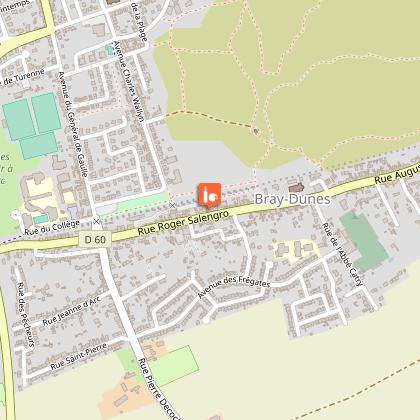
Diabinte: brewery dunes of Flanders
Located at the foot of the Dunes of Flanders more specifically in Bray-Dunes, the brewery welcomes you from Thursday to Saturday. All beers are brewed and packaged. They are not pasteurized thus allowing a conservation of all the flavors. Local products made with Diabinte beer (Potjevleesch, Carbonnade, Terrine, Dry Sausage, Pâté, Bread and Pasta) present in the showroom will allow you to accompany the beers. Brewing workshops and visit of the workshop by reservation.

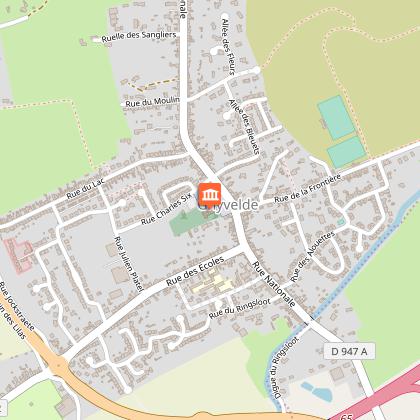
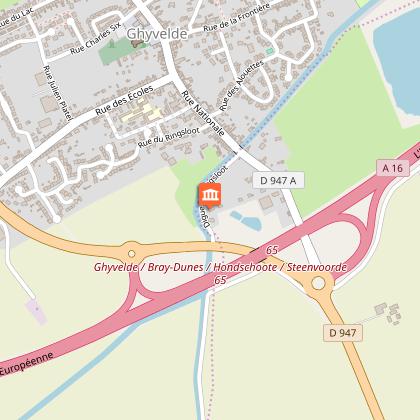
pump museum
It was in 1620 that Wenceslas COBERGHER succeeded in drying up a stretch of water of 3,000 hectares with 23 windmills built around the lake. It was on this date that Les Moëres was born. But since then, this village has experienced 4 other floods. In 1616, Archdukes Albert and Isabella ordered Baron Wenzel Cobergher to dry the Moeres, a vast expanse of water that was transformed in a short time into fertile lands. Located in the territory of Les Moeres the Museum of Pumps invites the visitor to discover three pumps used to dry the village. Old Moer dewatering pumps have been restored by the technical services of the Co
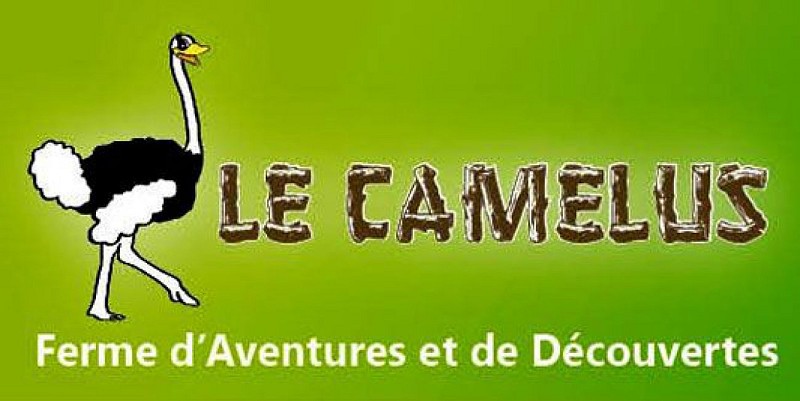
Camélus Farm
Have you ever seen a Watusi or a four-horned sheep fed an ostrich? There are more than a hundred animals in forty species waiting for you: wallaby, emus, buffalo ... but also, camel, rabbits, rheas, ... other species to protect, which cohabit among ostriches, yak donkeys Our educational farm is 13 minutes from Fort-Mardyck / Dunkerque Grand Littoral, and 5 minutes from Bray Dunes. In our farm labeled "farm discovery, welcome to the farm", and "follow the fairy", you can feed and pet!ar

Farmhouse inn Hooghe moote
Nestled in lush greenery close to the coast and Belgium, Hooghe Moote is set on a former medieval site. At the Hooghe Moote, you will find something to relax and spend pleasant moments with family or friends in one of two campsites four stars (link to camping). You can also eat and enjoy typical Flemish home-made dishes at the hostel (link to the hostel). And for fishing enthusiasts, beginner or experienced, you can enjoy a quiet, relaxing and green in one of our five ponds (link to ponds) to fish for small or big trout according to your wishes.
Data author

The Cirkwi brief
Imagine pedaling through the scenic dunes of Flanders, encompassing the quaint communes of Leffrincoucke, Zuydcoote, and Bray Dunes. This journey isn't just a ride; it's a voyage through picturesque landscapes, unveiling the grandeur of Fort des Dunes and the serene beauty of the Marchand, Dewulf, and Perroquet dunes. Crafted by Xavier Lesaege, this route offers more than just a bike path; it provides a narrative of natural splendor and tranquility. Prepare to be enveloped by the calming breeze and the rustic charm of these historic dunes.
Brief Technical Overview
This bike route stretches approximately 25.23 km, with minimal elevation changes, ranging from sea level to a modest 10 meters at its highest point. The total positive elevation gain is around 14-15 meters, indicating a relatively flat journey ideal for cyclists of all levels. It's a well-thought-out track by Xavier Lesaege, offering a balance between easy riding and engaging landscapes, ensuring a pleasant experience without the strain of steep inclines.
Seasonal Tips and Safety
While embarking on this scenic route, it's important to consider the seasonal variations in the Flanders region. Spring and autumn offer mild temperatures and less crowded paths, ideal for leisurely rides. However, don summer attire for warmer rides in July and August, and be prepared with wind-resistant clothing during the breezy autumn and spring seasons. Safety-wise, always carry water, especially in summer, and ensure your bike is equipped with lights if venturing out during dusk or dawn, as some dunes areas can be secluded.
Insight into Dunkerque and Flanders
Dunkerque, along with its surrounding Flanders region, boasts a rich tapestry of history and culture. From its strategic importance in maritime trade to its role in various historical conflicts, the territory encapsulates centuries of pivotal events. Cycling through this area, one not only witnesses the geographic beauty but also traverses through land steeped in tales of resilience and triumph. The dunes themselves, natural fortifications against the sea, tell stories of ecological battles and victories, making every pedal a journey through time.
Weather Patterns and Best Visiting Times
The Flanders region experiences a temperate maritime climate, characterized by mild temperatures and moderate rainfall throughout the year. The best time to explore the dunes by bike would arguably be late spring to early autumn, from May through September, when the weather is mostly pleasant, and the natural scenery is at its peak. During this period, visitors can enjoy extended daylight hours, making it ideal for longer rides along the beautiful dune landscape.